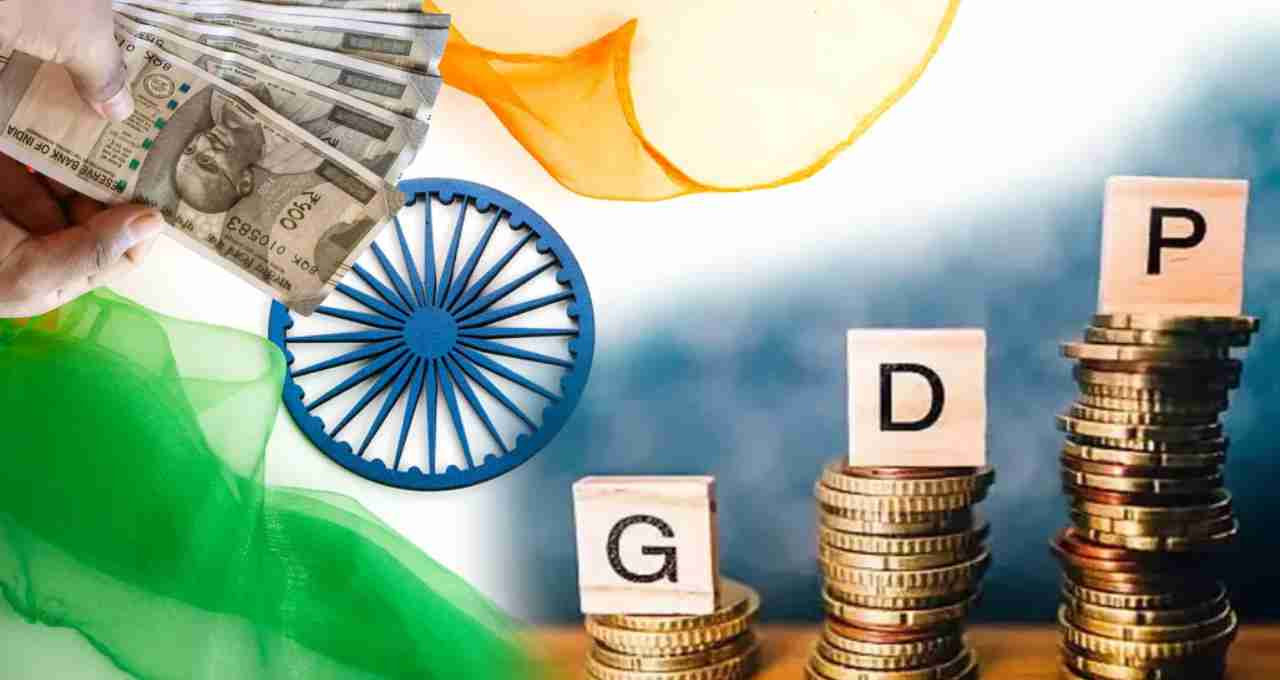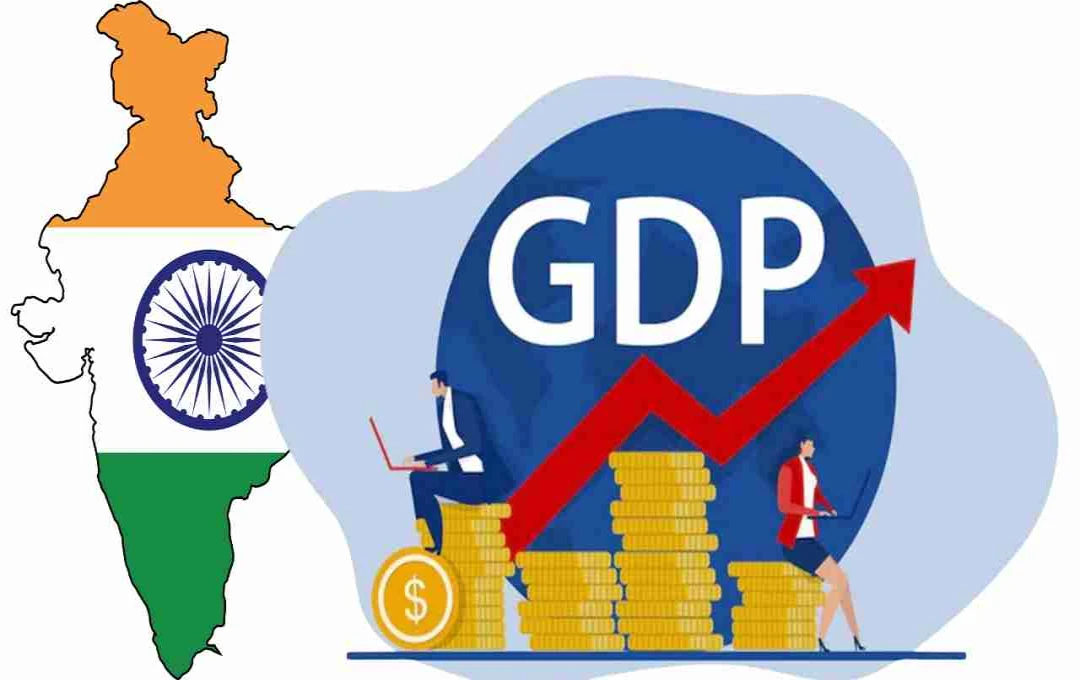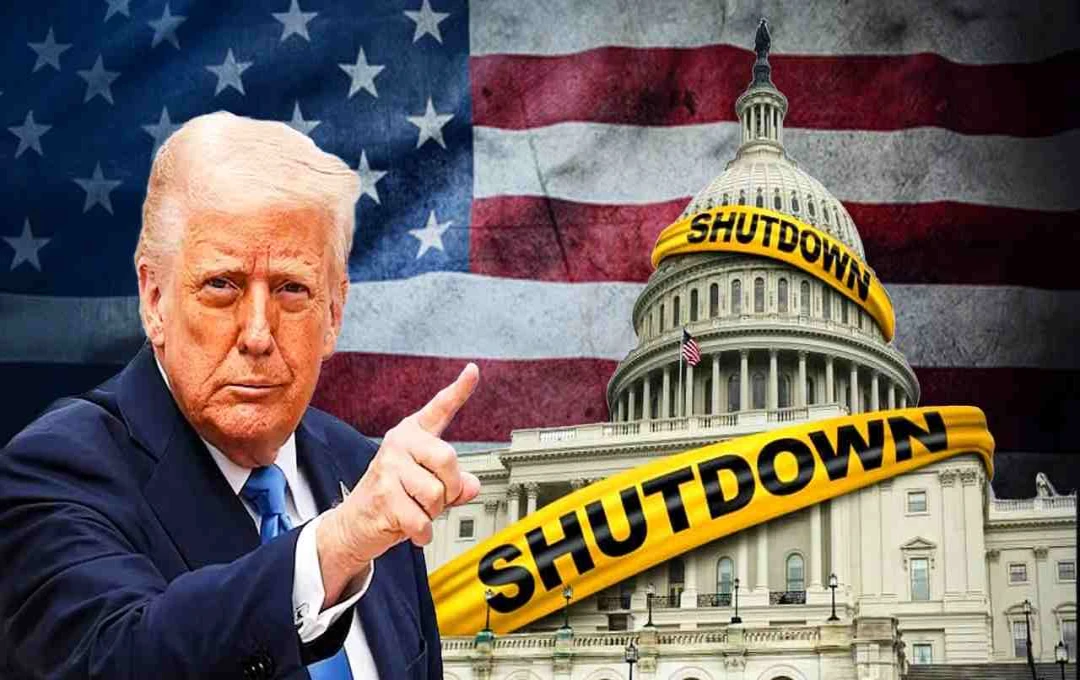S&P Global Lowers India's Economic Growth Forecast to 6.3%. US tariff policies and global uncertainty are negatively impacting Asian countries, including India.
New Delhi – India's economic growth rate (India GDP Growth) is facing increasing pressure due to global uncertainties and the US's tariff war policy. International rating agency S&P Global has lowered its forecast for India's GDP growth to 6.3% for the current fiscal year 2025 (FY25), down from its previous estimate of 6.5%. The report suggests that changes in US trade policy and protectionist stances are directly impacting emerging economies, including India.
Key Findings of S&P's Report
According to S&P's report, "Global Macro Update: Shifts in US Trade Policy Will Slow World Growth," rising tariffs and disruptions to global supply chains are slowing growth worldwide. The report states that no country can benefit from this tariff policy in the long term.
S&P projects India's GDP growth to be 6.3% in 2025-26 and 6.5% in 2026-27. This is a downward revision from the March estimate of 6.7%, which was subsequently lowered to 6.5%. This clearly indicates that the Indian economy is facing persistent external pressures.

Concerning Situation in China and the Rest of Asia
China's GDP growth is also weakening. The report anticipates China's growth rate to fall to 3.5% in 2025 and 3% in 2026. This raises concerns about the economic stability of the entire Asia-Pacific region.
Rupee-Dollar Exchange Rate and Foreign Influences
S&P estimates that the rupee could reach 88 against the dollar by the end of 2025, compared to an average of 86.64 in 2024. This decline is attributed to tariff policies, dollar strength, and the cautious approach of global investors. The report notes that the impact was initially limited to market sentiment and asset prices, but is now affecting real economic activity, such as a decrease in imports from China.
US Policy: A Three-Pronged Trade Strategy
S&P categorizes the US tariff policy into three components:
- Strict trade policy due to geopolitical rivalry with China
- Complex relationship with the European Union
- Potentially tough negotiations with Canada
- Other countries may adopt a conciliatory policy instead of confrontation.













